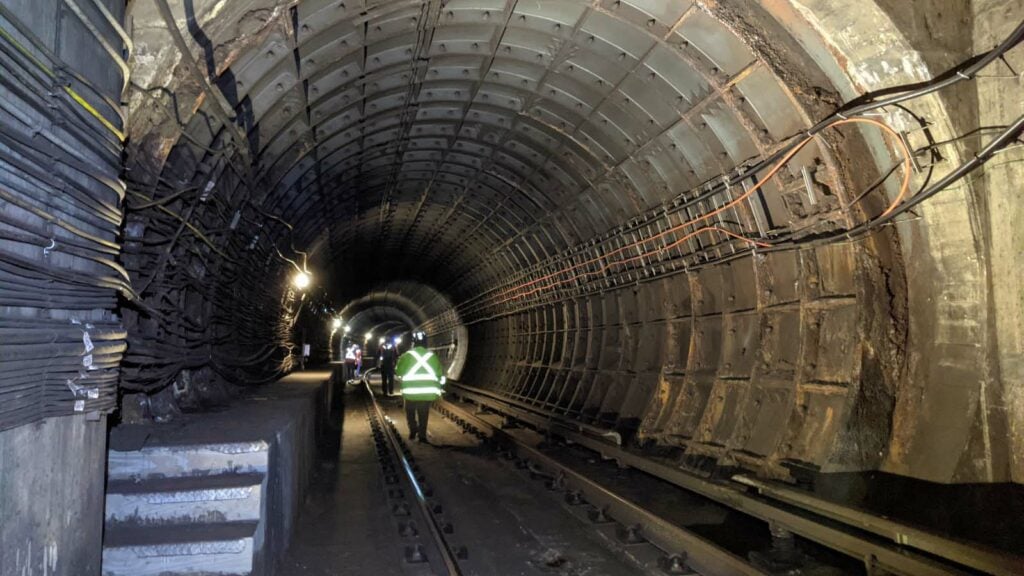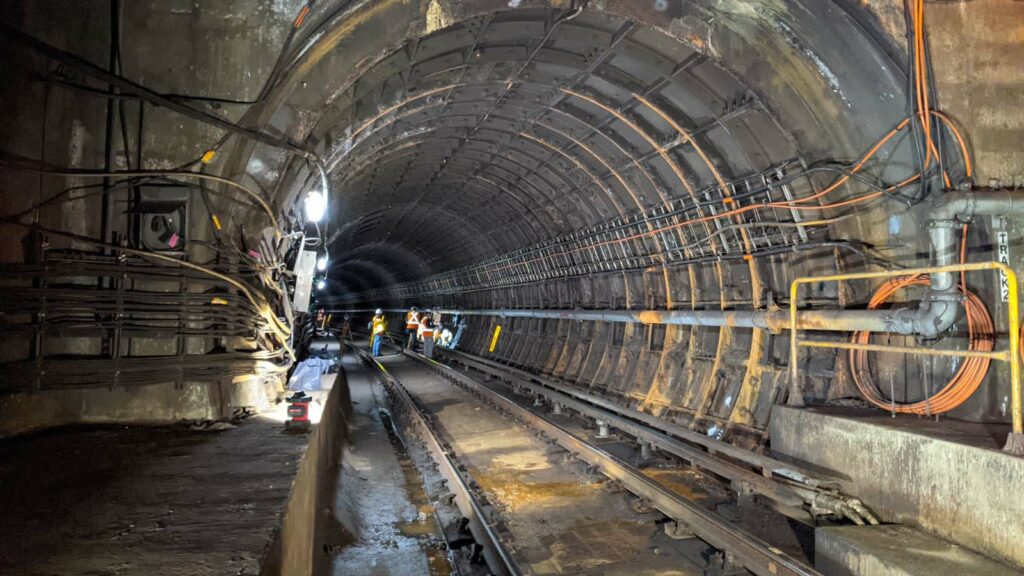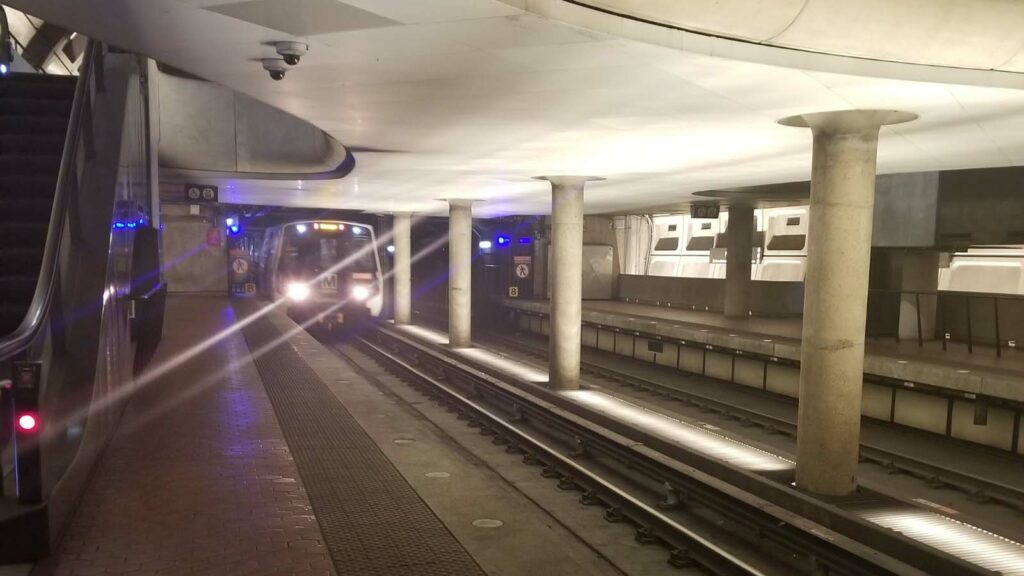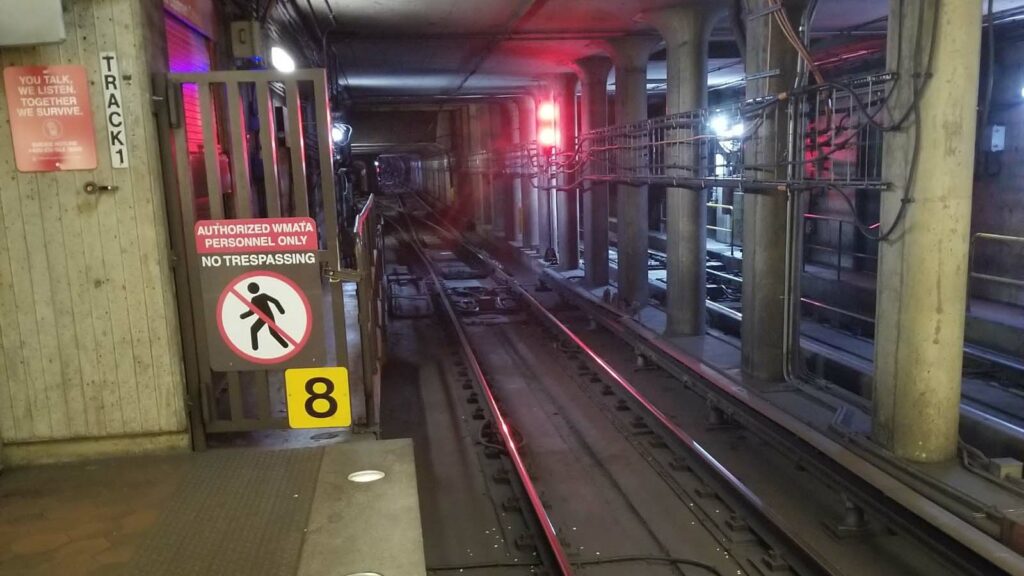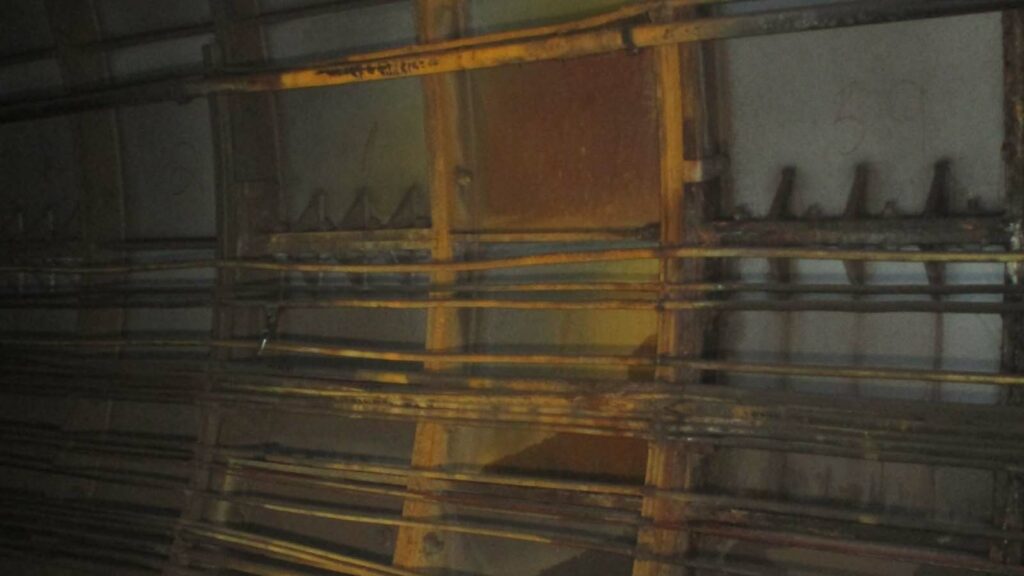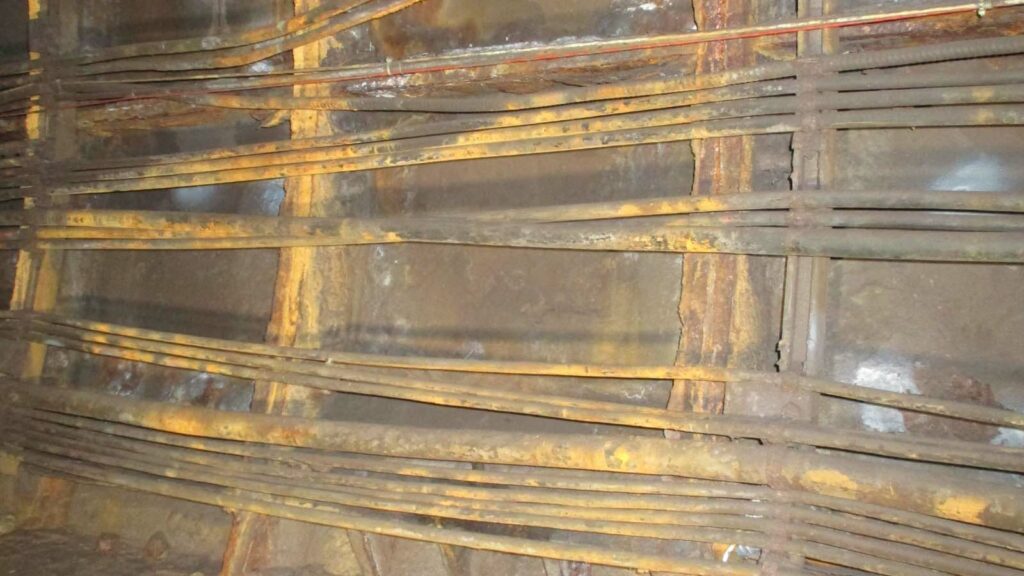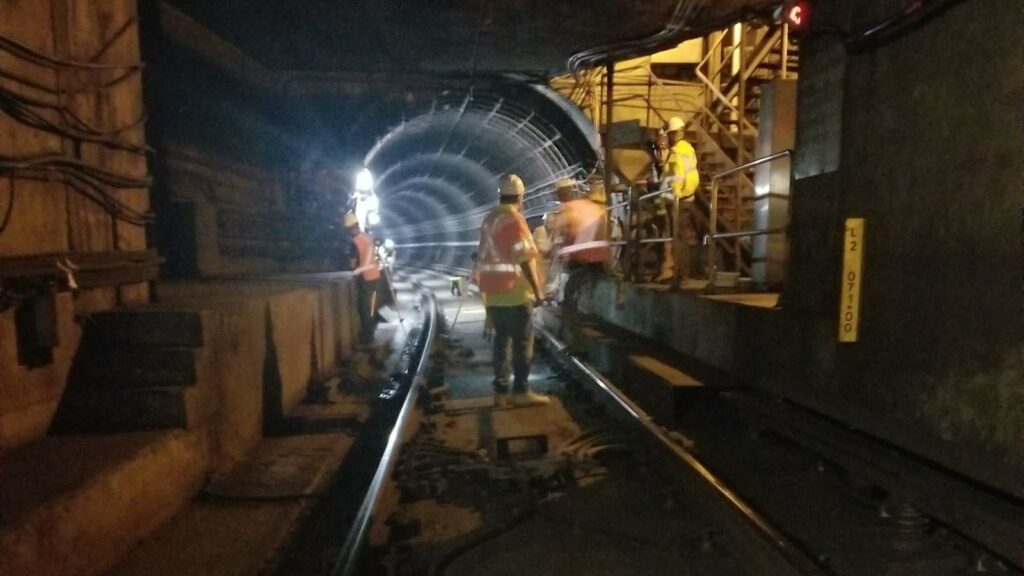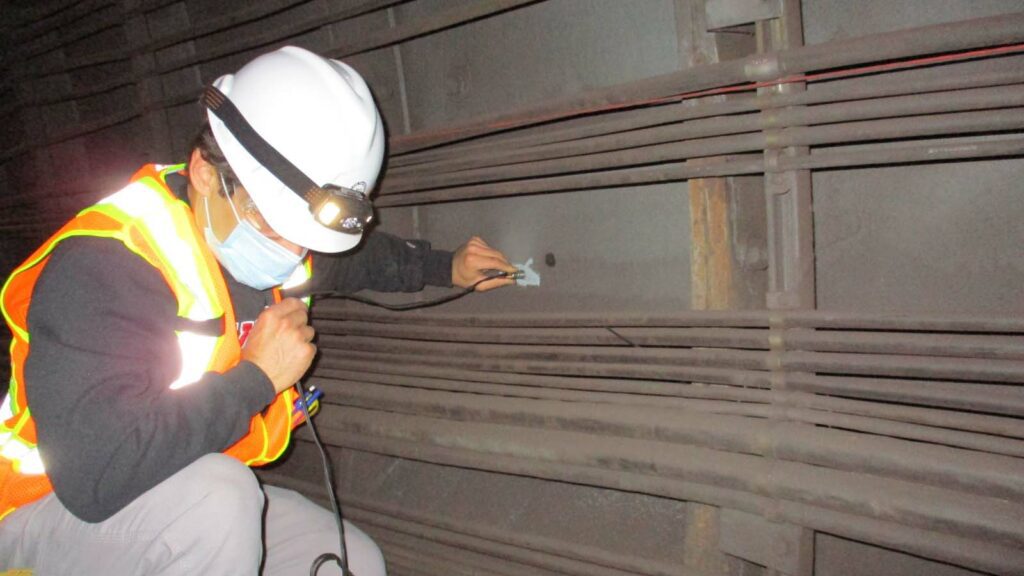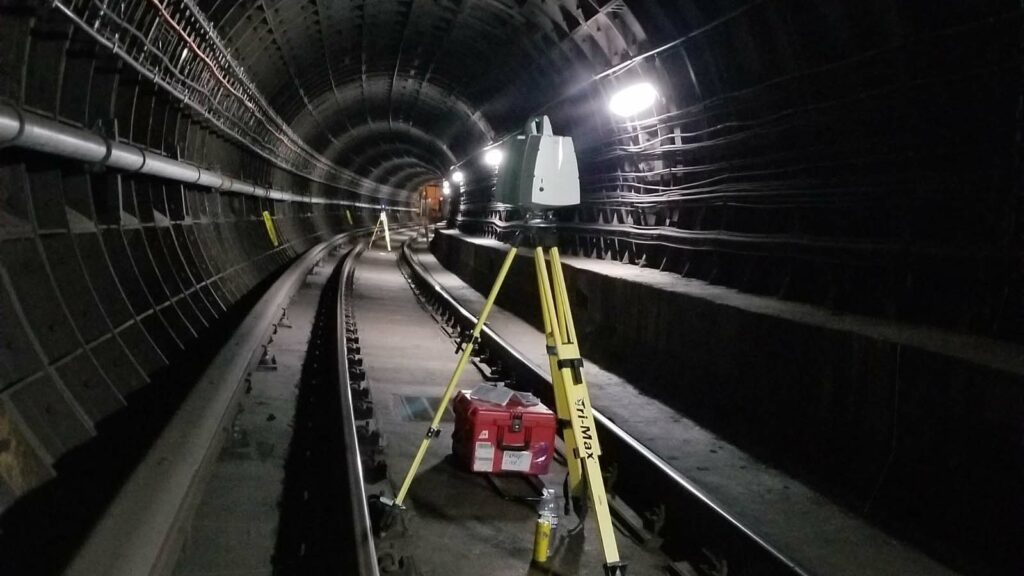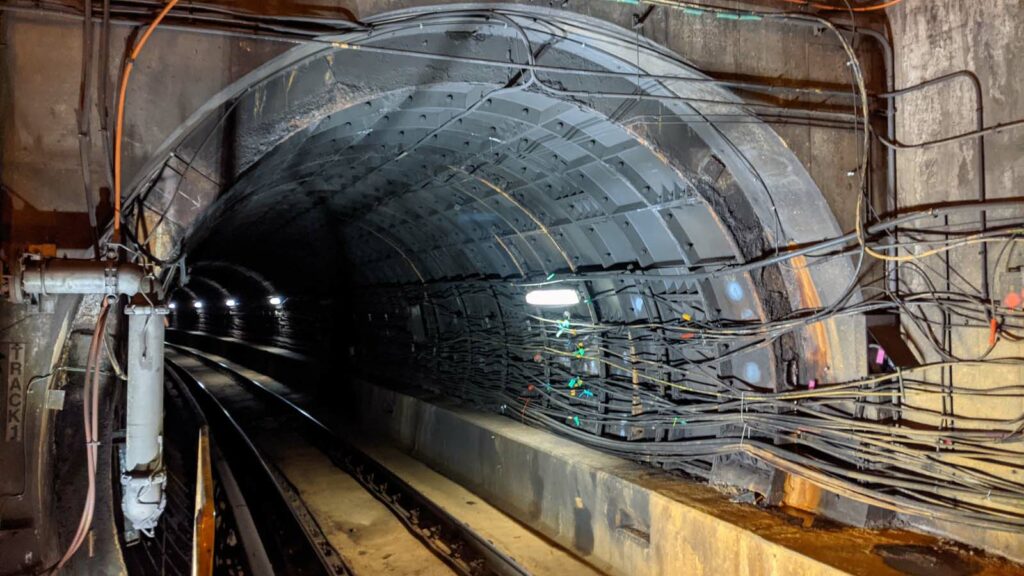Recently, WJLA 7 News gave people around Washington, D.C. an exclusive look at the rehabilitation work that has a segment of the Washington Metropolitan Area Transit Authority (WMATA) Yellow Line Bridge shut down for several months.
RK&K is assisting WMATA with its full life-cycle structural rehabilitation of the deteriorating Metro tunnel segment between L’Enfant Plaza Station and the Virginia side of the Potomac River. The project was identified by Metro as its top structural priority.
The design work was split into multiple work packages, with each package having a separate Engineer of Record (EOR). RK&K served WMATA in acquiring many of the permits which were prerequisites for the construction being able to commence on schedule.
“We identified that we needed 77 permits in place from all kinds of different jurisdictions, and it took us almost a year to obtain all of the permits,” Metro Senior Program Manager Tatiana Kotrikova told 7 News recently.
RK&K’s largest responsibility in the task was serving as the EOR for the rehabilitation of the steel (twin) tunnel liner tunnel segments. Our CEI team performed the structural assessment, identified alternatives for the steel line repair, and designed the chosen method.
“There were so many unknowns about the condition of the steel tunnel liner. Identifying the condition of the liner and the potential repairs was daunting,” said Technical Manager Alan Kolodne, PE.
Kolodne said steel-lined tunnels are an older technology that WMATA has not used since the 1980s.
“Portions of the steel wall, which is more than 40 years old, were rusting and falling apart,” he said. “In addition, the high groundwater level near the Potomac River was causing water to leak into some areas, which if not fixed, could be disastrous.”
RK&K designed a solution to protect the steel liner for the next 50 years. It included welding approximately 1,200 steel plates to fortify the tunnel, a full curtain grouting of the entire exterior surface of the tunnel to prevent groundwater from seeping in, and a multiple-stage coating system to protect the steel liner. Our team is also performing ultrasound testing and visual inspections to ensure the repairs prevent future corrosion and leaks.
Kolodne said another unique challenge to the project was the substantial number of systems facilities mounted on the tunnel walls supporting the operation of the trains, including electrical, communications, and the fire suppression system.
“There were numerous challenges in accommodating these facilities,” he said. “The original intent was to temporarily remove the components from the wall and replace them after the structural rehabilitation work was performed. However, many cables were so old and damaged they had to be replaced. The team also had to collaborate with multiple independent carriers, whose cables also line the tunnels. The most significant challenge though was many of the cables had to remain functional during the work in their relocated position.”
During the now-ongoing construction phase, RK&K is responsible for submittal reviews, RFI responses, on‐call inspections, and any other technical support that is needed. The work is expected to be finished and the Yellow Line Bridge reopened in May.
You can see more of the exclusive photos from 7 News here.
